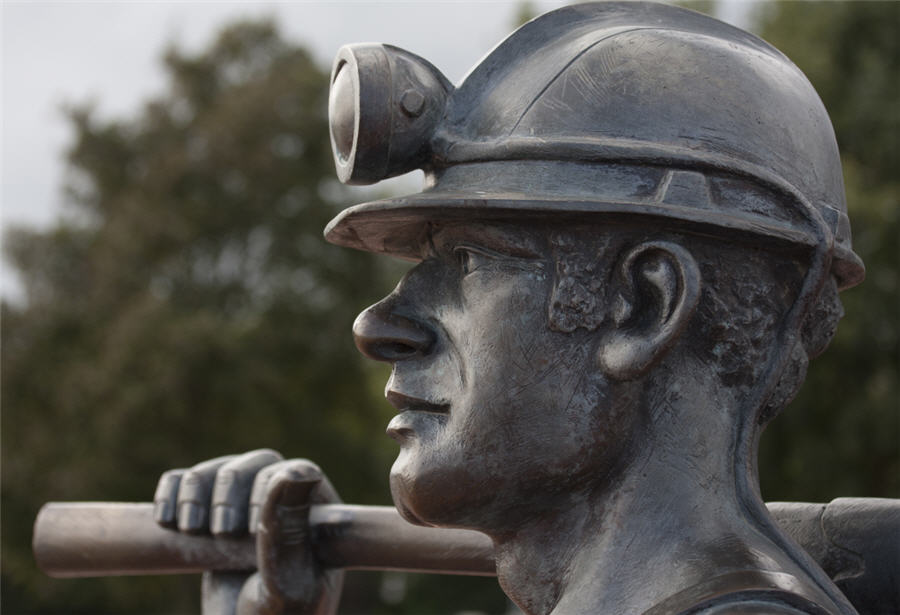
(The Bloomberg View) — By now, black lung disease was supposed to have mostly gone away. The coal industry was supposed to have improved air quality in the mines enough to prevent miners from inhaling the coal dust that inflames, stiffens and blackens their lungs. In fact, the incidence of this deadly and incurable disease is rising.
Bear this in mind the next time President Donald Trump says coal is “clean” or “beautiful,” and moves to encourage use of the world’s dirtiest fuel.
Coal isn’t clean. It’s a threat to the environment and to public health — and a renewed and mounting threat to the workers who mine it. The faster its use can be curtailed, the better.
In the late 1990s, the incidence of black lung fell to 5 percent among longtime miners, from more than 30 percent in 1960s, after mine-dust regulations were imposed and systems were put in place to monitor miners’ health. But now the incidence is back up to 10 percent. In central Appalachia (Kentucky, Virginia and West Virginia), one in five miners are stricken.
What’s going on? The number of miners with black lung has risen in the past two decades even as the total number of coal miners has fallen drastically. Doctors say the disease now progresses faster and is more lethal, perhaps because of new mining techniques that kick up more dangerous kinds of dust. Some ex-miners blame the longer hours that today’s miners spend in ever-deeper mines.
In 2014, new mining standards lowered the allowable concentration of breathable coal dust. The Labor Department is looking for ways to relax them. It should be making them stricter — undertaking a “fundamental shift” in the way mine operators control coal-dust exposure, as the National Academies of Sciences, Engineering, and Medicine put it in a report earlier this summer.
With the administration’s help, the disease is making a comeback just as the funds available to support its victims are facing a squeeze. The national Black Lung Disability Trust Fund, which provides medical benefits for the afflicted, is poised to fall deeper into debt — mainly because the excise tax on coal companies that finances the fund is about to be cut by more than half.
Congress needs to keep the tax at $1.10 per ton of coal extracted and not let it drop to 50 cents a ton. Coal-industry lobbying has so far prevented Congress from considering such action. The companies argue that their business is already struggling and that too many miners with lung problems not caused by coal dust are applying for benefits.
Both arguments are indefensible. Miners’ health costs are not to blame for the coal industry’s financial troubles; the problem is competition from natural gas, wind and solar power. And black lung disease is easy to distinguish from smoking-related lung damage. It’s outrageous for the industry to shirk its responsibility to help the workers whose health it has destroyed.